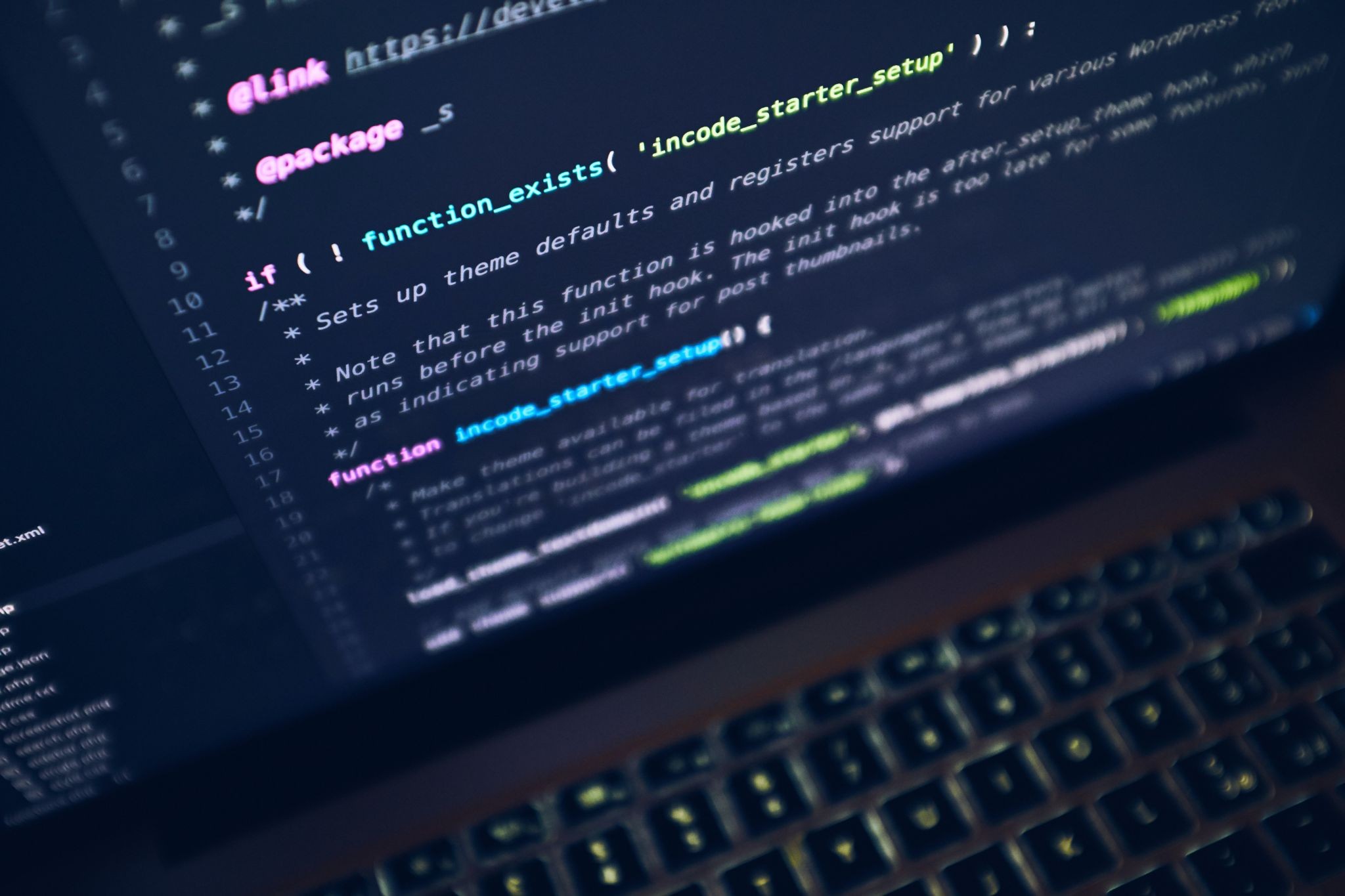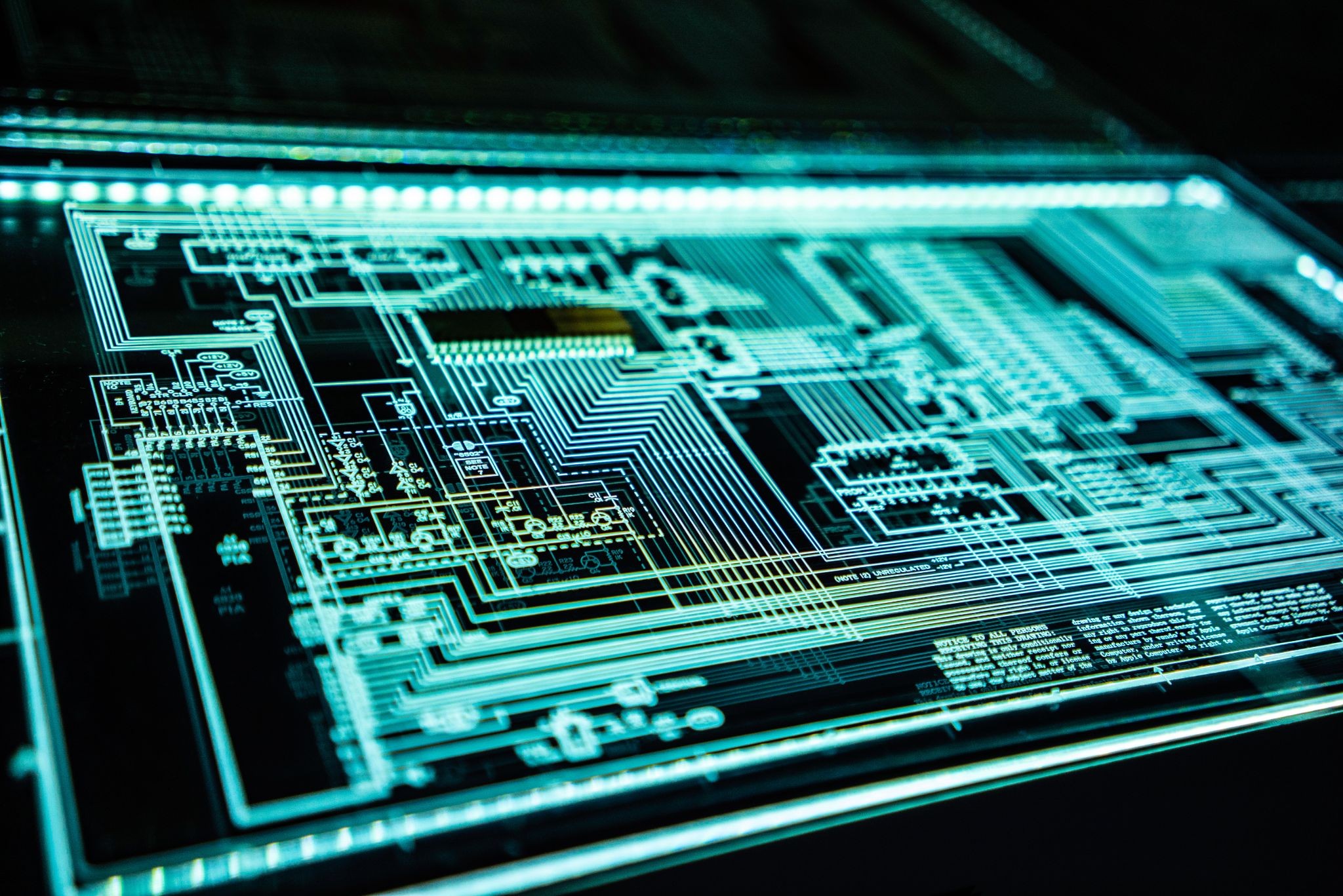When engaged in algorithmic trading, traders place their trust in a piece of software to make financial decisions for them. That’s why it’s critical to utilize the correct software to ensure quick and accurate trade order execution. But in the fast-paced world of algorithmic platforms such as TradingView, mistakes in the code or missing features can lead to portfolio mismanagement.
A crash course on trading algorithms
An algorithm is a predefined method for achieving a goal. Every computer program, from a copy of Pac-Man to a complicated spreadsheet with thousands of features, is basically a set of instructions based on an algorithm.
Automated trading algorithms are computer programs that execute a trade order based on a set of rules. By dynamically recognizing advantageous chances and placing deals, algorithmic trading software tries to produce profits at a rate and frequency unreachable by human traders. Computer-based algorithm trading has become more popular because it is more accurate and can be done quickly.

Who is using trading algorithms?
The algorithmic trading industry is dominated by large financial institutions such as hedge funds, investment banks, and proprietary trading firms. Because these firms are so big, they often have the resources to make their own trading software. This may involve making complex trading systems with their own data centers and teams of dedicated staff.
Individual algorithmic trading is used by proprietary traders and quants with experience. Less tech-savvy proprietary traders may prefer to employ pre-made trading software for their algorithmic trading requirements. They either get the software from their brokers or pay a third-party developer for it. Quants usually have a good understanding of both trading and computer programming, and they make their own software for trading.
Should You Build or Buy Algorithmic Trading Software?
You may create or buy algorithmic trading software. While purchasing pre-made software provides instant access, making your own allows you complete control over how it works for you. Acquiring automated trading software may be costly, and it is not unusual for this sort of program to include vulnerabilities that, if left unchecked, can result in portfolio mismanagement. Furthermore, the program’s high cost may limit the potential return on investment from your algorithmic trading firm. But making your own algorithmic trading software takes a lot of time, work, and experience, and you can’t be sure it won’t have any risks.

Market and business information are easily accessible.
Automated trading systems are designed to respond to changes in market circumstances and price quotes in real time. Certain algorithms consider fundamental facts about a company, such as profitability and P/E ratios. It is critical for algorithmic trading software to have real-time access to both market and firm data. It should be either preloaded with the system or freely accessible via other methods.
Access to a variety of markets
Traders who want to trade in many markets should be aware that each exchange may provide its data feed in a different format, such as TCP/IP, Multicast, or FIX. It is critical that your application be able to read a variety of feed formats. Third-party data providers, like Bloomberg and Reuters, collect market data from many exchanges and disseminate it to their clients in a consistent manner. The algorithmic trading platform should have easy access to such pooled feeds.
Latency
This is the most important aspect of algorithm trading. Latency is the time it takes to process data once it has been passed from one program to another. Consider what occurred after that. A pricing quote takes 0.2 seconds to go from the exchange to your software vendor’s data center (DC). It takes another 0.3 seconds to get from the DC to your trading interface, where it is looked at for another 0.1 seconds before the program evaluates the quote and makes a trade.
In today’s fast-paced trading climate, the original price quote would have changed numerous times. With the tiniest delay, your algorithmic trading firm might be made or broken. To prevent losing any important facts and to constantly be up-to-date, this latency must be kept to an absolute minimum.
The trading system’s latency is currently measured in microseconds, and every effort must be made to keep it that way. Cutting off the broker and submitting transactions directly to the exchange saves 0.2 seconds. Having direct access to the exchange enables faster data retrieval by bypassing the vendor in the middle, saving time.
Personalization and flexibility
Standard built-in trade algorithms, such as those based on a 50-day moving average crossing over a 200-day moving average, are frequently included in algorithmic trading software. A trader may experiment with swapping the 100-day MA with a 20-day MA to see what occurs. Unless the program allows for the changing of such parameters, the trader may be constrained by the software’s preset functionality. Whether purchased or developed, the trading application should allow for significant customization and modification.
Features for Developing Innovative Software
Many popular trading programs are created using languages such as MatLab, Python, C++, Java, and Perl.
Third-party trading software often includes a scripting language that allows users to design their own trading methods. This allows a trader to experiment with whatever theory or technique they like. Of course, you should seek software that allows you to code in the language you are most familiar with.

Backtesting of Historical Data
Backtesting simulations, which utilize historical data to analyze trading strategies, are one method. The strategy’s feasibility and profit potential are assessed using historical data, and the results are checked (for failure or any needed changes). This is an important part, but it needs to be rounded out with easy access to relevant historical data for backtesting.
Access to a Market Interface
When specific criteria are satisfied, the trading software that uses the algorithms automatically executes. To transmit trading orders, the software should be able to connect directly to the broker(s) or exchange’s network.

